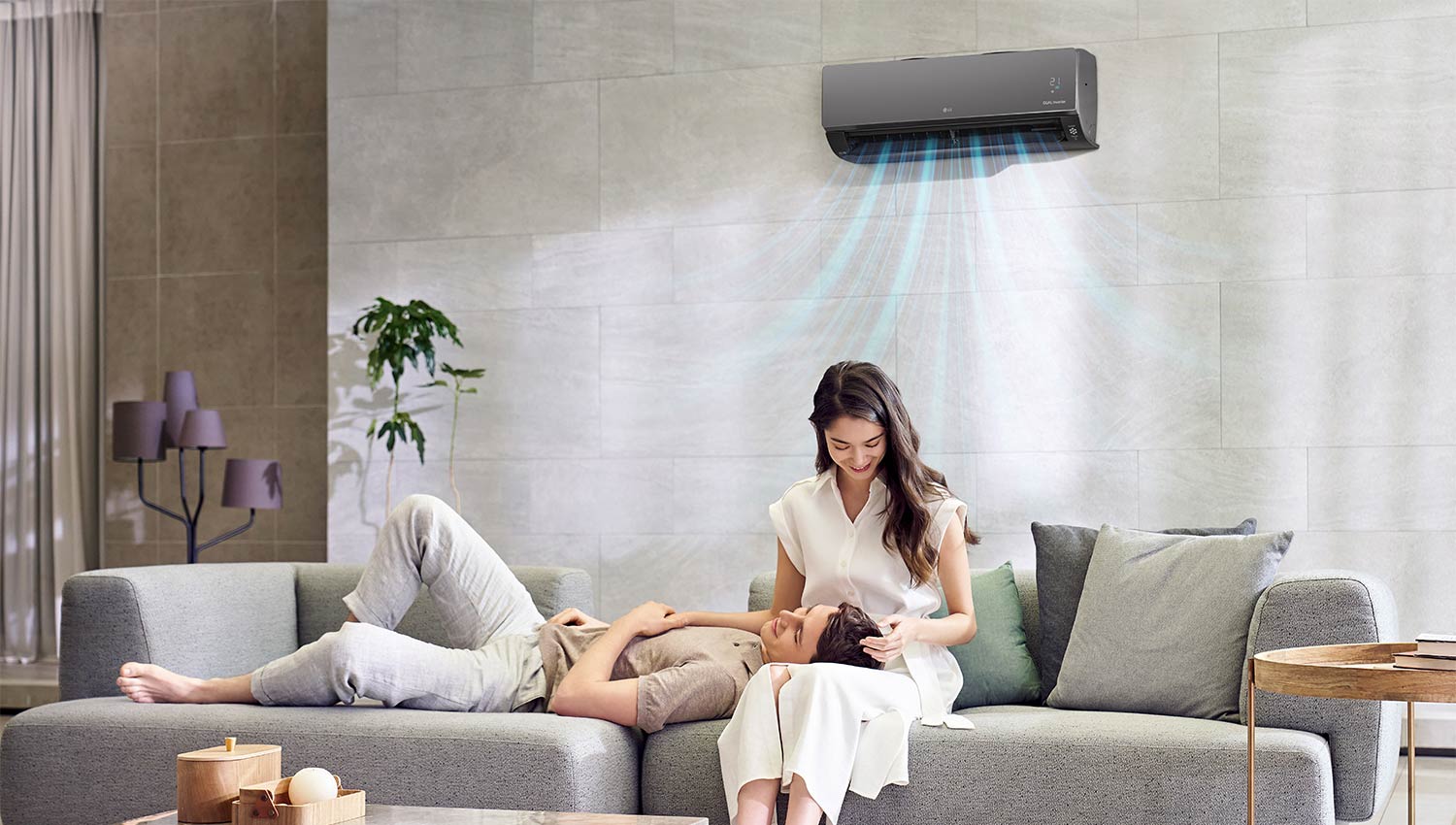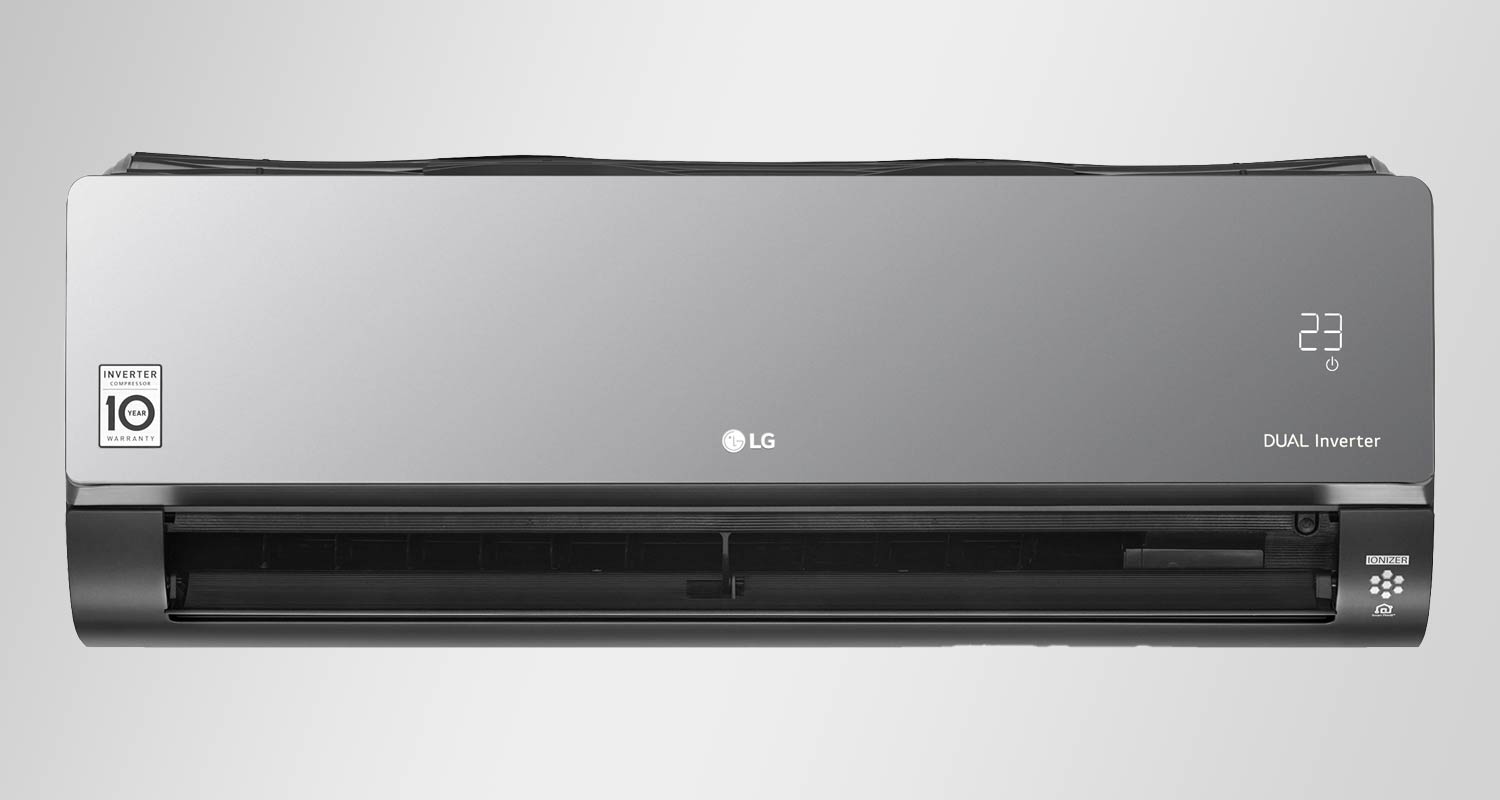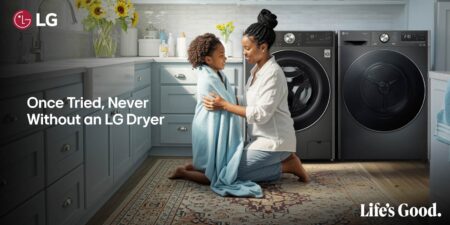 As we go about our daily lives, we often overlook a critical aspect of our well-being: the quality of the air we breathe.
As we go about our daily lives, we often overlook a critical aspect of our well-being: the quality of the air we breathe.
When we do think about the air we’re breathing, we often focus on outdoor pollution from vehicles and factories.
What many people don’t realise is that the air inside our homes can be up to five times more polluted than outdoor air¹. While we’re aware of the health risks of outdoor air pollution, we often overlook the similar health dangers² of poor indoor air quality.
“Many factors can contribute to poor air quality indoors, including inadequate ventilation, pollutants from cleaning products, pet dander, and volatile organic compounds emitted by furniture and building materials,” says Magrietha Coetzee, Air Solutions head of sales at LG Electronics South Africa. “Prolonged exposure to these pollutants can lead to a range of health issues, including respiratory problems, allergies and even more severe conditions such as asthma.”
Recognising the risks of poor indoor air quality
Identifying the signs of poor indoor air quality³ is crucial for safeguarding our health.
“Common indicators of bad indoor air quality include noticing a musty or stale odour, experiencing frequent headaches or dizziness, feeling congested or having respiratory issues, or observing an excessive buildup of dust or mould,” says Coetzee.
“If you or others in the space experience more frequent allergies or asthma symptoms while indoors, it could indicate poor air quality. Keeping an eye out for these signs can help identify potential issues with the air in your home or workplace.”
How an aircon helps clean the air
“While air-conditioning systems are known for keeping us cool in summer and warm in winter, what many people don’t realise is that they can play a crucial role† in purifying the air inside our homes,” Coetzee adds. By filtering out dust, allergens and other impurities, aircons can help create a healthier indoor environment. These systems also control temperature and humidity, which helps prevent mould growth. However, air-conditioning systems vary in their ability to purify air.
“LG’s ArtCool range of air conditioners are designed to enhance indoor air quality, providing a fresh and pure environment for your home. Whether you need to cool down or heat up your space, the ArtCool range offers the ability to keep you comfortable during both hot and cold months,” adds Coetzee.
“The Multi-Stage Filtration System effectively captures and filters dust, allergens and pollutants, significantly enhancing indoor air quality,” Coetzee explains. This is especially beneficial for individuals with respiratory conditions and allergies, as it promotes a healthier living environment by reducing harmful particles and contaminants.
 “The Plasmaster Ionizer++ technology goes even further by generating sterilising ions to destroy bacteria and viruses, as well as eliminating unpleasant odours and neutralising harmful substances, such as volatile organic compounds and formaldehyde,” Coetzee adds.
“The Plasmaster Ionizer++ technology goes even further by generating sterilising ions to destroy bacteria and viruses, as well as eliminating unpleasant odours and neutralising harmful substances, such as volatile organic compounds and formaldehyde,” Coetzee adds.
“With these features, LG’s ArtCool range of air conditioners provide more than just temperature control — they actively contribute to overall well-being, allowing you to breathe easier and enjoy a healthier, fresher indoor atmosphere.”
In addition to these air-filtering capabilities, the ArtCool air conditioner is designed to be harmonised with the interior of your home with a minimal and basic style. The mirror glass on the front of the product reflects the surrounding environment to emphasise the interior and integrity, delivering timeless beauty through the solidity of the glass material.
“You can also access and control your air conditioner from anywhere with LG’s exclusive mobile app, ThinQ,” Coetzee explains. “The ArtCool range, equipped with LG’s Dual Inverter Compressor and backed by a 10-year warranty, cools faster, lasts longer, and runs quieter by addressing problems related to inefficiency and noise.”
Prioritising indoor air quality is paramount for our health and well-being, especially considering the substantial time we spend indoors. “By understanding the risks associated with poor indoor air quality and acknowledging the pivotal role of air-conditioning systems in maintaining cleaner and healthier indoor environments, we can take proactive steps towards creating spaces that promote overall well-being and vitality for ourselves and our loved ones,” Coetzee says.
Sources
¹Wallace, LA, Pellizzari, ED, Hartwell, T, Whitmore, R, Sparacino, C, & Zelon, H (1986, 1 January). Total exposure assessment methodology (team) study: Personal exposures, indoor-outdoor relationships, and breath levels of volatile organic compounds in New Jersey. Environment International. ²Indoor Air Quality (nd). National Institute of Environmental Health Sciences. ³Signs of Unhealthy Indoor Air (nd). †Air Cleaners and Air Filters in the Home. US EPA (2023, 31 October). US EPA.
- Read more articles by LG Electronics on TechCentral
- This promoted content was paid for by the party concerned




